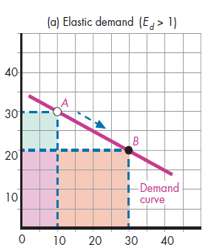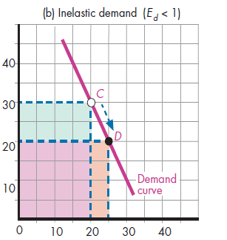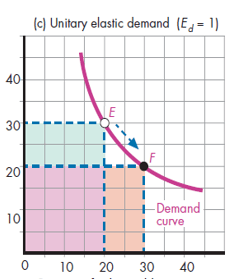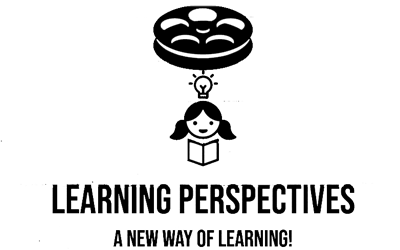Case breakdown: Movie Desi Boyz
The scene that you just saw shows Jerry (played by Akshay Kumar) and Tanya (played by Chitrangda Singh) playing a game. Tanya is quizzing Jerry on his academic skills. For every correct answer, Tanya loses an article of clothing. Tanya asks him to define the cross elasticity of demand.
In this blog, Learning Perspectives will explore the meaning of cross elasticity of demand.
What is the cross-elasticity of demand?
Jerry explains it well when he says cross elasticity is when the price of one good affects the demand for another good.
The cross-price elasticity of demand is the ratio of the percentage change in the quantity demanded of a good or service to a given percentage change in the price of a related good or service:

What is Demand?
Let’s start from the beginning by understanding the normal demand for a product. Demand and price are inversely related. This means when the price of a commodity declines, the quantity demand for that product increases.
Demand Example
For example: Think of any sale (black Friday) in the market. Sale indicates lower prices. As soon as the price of the product falls, more people buy it. This is true for normal goods such as food products, clothing items, or household appliances.
According to the English dictionary, elasticity means the ability of a body to resist a distorting influence and to return to its original size. Similarly in Economics, elasticity measures the change in one factor in response to another.
The Price elasticity of demand
It is the ratio of the percentage change in the quantity demanded of a product to a percentage change in its price:

a) Elastic demand:

When the quantity demanded changes more than proportionately in comparison with the price, it is called elastic demand. For example, Price is measured on the vertical axis, in the diagram when the price falls from 30 to 20 per unit, the quantity demanded increases from 10 to 30. This jump is higher than the fall in price.
E(d)= 30-10/30/30-20/30=2/3/1/3= 2. This is greater than 1 and hence the demand is elastic.
b) Inelastic demand

When the quantity demanded changes less than proportionately in comparison with the price. The elasticity of demand (Ed)= 25-20/20/30-20/20=5/10=0.5, this is less than 1 and hence demand is said to be inelastic.
c) Unitary Elastic

When there is a proportionate change in quantity compared to the price. As you can see in the diagram above, a price decrease from 30 to 20 leads to a quantity demand increase from 20 to 30. i.e. Ed (Elasticity of demand)= 30-20=10/10=1








